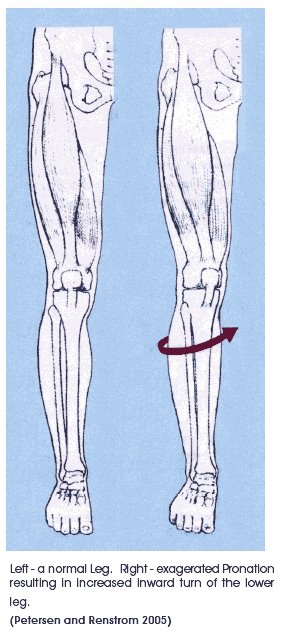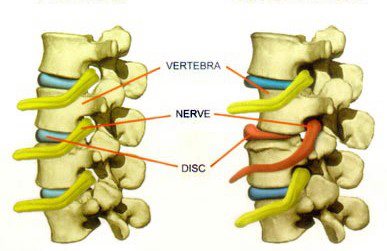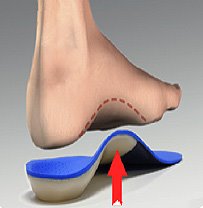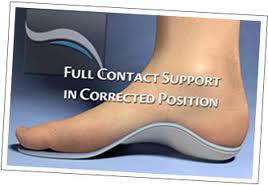The Chain Reaction of Pain in your body’s Physical Alignment and How to Fix it!
By Sylvia Shackleton
When it comes to the body your physical alignment is crucial to your health. If you understand why a mechanic always suggests an “alignment” to save you hundreds, probably thousands in the long run for the longevity of your motor-vehicle, then you can understand why health wise, your physical alignment in your body is more than worth it to your life.
To feel healthy, strong and vibrant without physical pain holding you back from the things you love is the goal you want to achieve.
Just as in a motor-vehicle, when the alignment goes off or is out of whack it creates a chain reaction of problems that could have been simply avoided had the alignment been done. The tires go, the bearings go, the struts go, a total cascade of damage to your car. Well your body is no different, the chain reaction is just as devastating and worse because you feel it every-time you move your body, and quite often even when you don’t.
Here is the chain reaction to your physical alignment and what you can do about it to avoid it and fix it to increase the quality of your life, health and, just as importantly, your well being free from pain.
Foot Pain
The place where it all begins is the foot. The foot is subject to constant ongoing stresses and it is the foundation of your body’s physical alignment. It all starts here.
We walk on hard surfaces with shoes that do not fit the foot in the most ideal way. Because of the weight being born on the foot, there is much stress and strain on the muscles, ligaments, tendons, joint surfaces and other holding elements. This leads to reduction in the arch of the foot, otherwise known as pronation, and weakening of the holding elements. As the arch begins to deteriorate the foot falls, lengthens and widens. Two of the three key muscles which hold the arch in the original pristine position become dysfunctional and loose their tonicity.
Example of pronation in the foot:
This allows the deformation of the foot to continue until the plantar facia reaches its maximum ability to stretch and then begins to be pulled away from the boney attachments. This stimulates a reaction in the bone whereby the bone begins to lay down calcium in the ligamentous structures (plantar faciitis). Inflammation ensues with the person experiencing painful irritation of the nerves in the area.
Pain can travel along nerves and be experienced in many different areas of the foot. Sometimes as the tarsal bones get jammed, there can be pain on the top of the foot.
Knee Pain
The knee is supported by the structures below it and it is therefore subject to the function of the ankle and the foot. Reduced arch or pronation of the foot, which takes place in a large number of cases, is the cause of internal rotation of the ankle bone.
The joint between the leg bone and the ankle bone is shaped like a mortise joint; therefore internal rotation of the ankle bone causes internal rotation of the leg bone. As this bone rotates, the knee follows as a unit because of the ligaments on the front, sides and back of the knee.
This causes the knee joint to open on the inside and close on the outside of the joint. This creates uneven wear and tear in the joint.
If you were to drive your car with poor and dysfunctional alignment, you would wear all the tread off your tires. This is repairable by getting an alignment done and then you don’t wear all the tread off your tires. When the foot and ankle are out of alignment you wear away the cartilage in your knee joints, hence the need for knee replacement surgeries.
The lower back
Three key muscles in the body become turned off because of the misalignment in the foot, ankle, knee hip and pelvis. Because of the torque in the pelvis there is an interference with the nerve supply in the lumbar spine. This causes the abdominals, the gluteals and the quadriceps to function at approximately 10% of their available strength. Three other muscles take up the slack and become too tight. The ilio psoas becomes too tight and effectively holds the lumbar spine in a vice.
The diagram above shows a normal spine on the left, and a spine misaligned on the right, causing the nerve pain.
This is easily, quickly, and permanently corrected by removing the downward pressure on the posterior joints and the disc spaces by releasing the muscles which are pulling in a downward motion on these vertebrae.
How to fix it
The solution to this problem is to turn on the three muscles that travel into the foot and hold the arch up. Then we restructure the foot so that it approximates the original arch and make a pair of orthotics to fit the corrected boney arch.
The boney arch and the orthotics need to be congruent.
In 8 out of 10 cases, the fitting of orthotics by this method removes the foot pain immediately and permanently.
“The boney arch and the orthotics need to be congruent”
Correction of the alignment of the foot and ankle is paramount in correcting knee pain. Properly made orthotics corrects this problem immediately and permanently.
Sylvia Shackleton has graduated from St. Joseph’s Hospital School of Nursing, the Canadian Memorial Chiropractic College, the Ontario College of Naturopathic Medicine and is trained in Applied Kinesiology. Sylvia is a Health Care Activist and is the owner and operator of Orthotics2go. She has fitted over 4000 pairs of orthotics since 1989.
Sylvia can be reached at:
519-900-2423
And she is located at 17 Church Street Brantford, ON









Leave a Reply